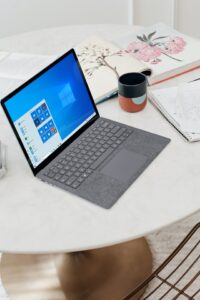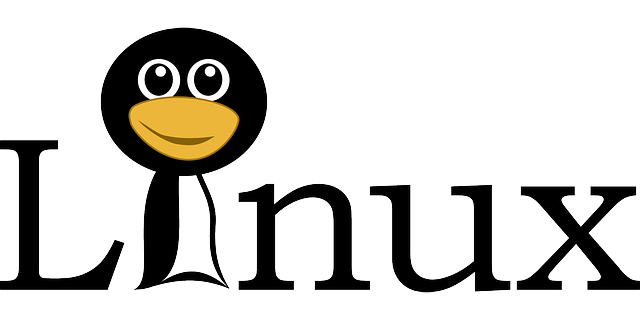At some point, you’ll have to choose an operating system. This post will help you decide which one is best for you based on features and personal preferences. We’ll cover the most popular options for desktop and mobile operating systems, including Windows and Android.
Microsoft Windows
Microsoft Windows is the most popular operating system in the world. It’s also the best-selling operating system for consumers, with more than 90% of all computers running some version of Windows. Microsoft Windows is also used in business applications and has been adopted by many gaming platforms, including Xbox and Google Stadia.

So why do so many people use it? Well, there are several reasons:
Security: Microsoft has invested tremendous resources into making sure their software is secure from malicious attacks. Their objective has always been “to keep your devices safe and up to date” which means that they have built-in features like Firewall or Defender to prevent viruses/malware from infecting your machine as well as updates that keep any existing threats away from your computer.
Compatibility: This one should be obvious but compatibility with other applications helps users stay productive when switching between tasks within a work day or even just across multiple platforms like mobile apps vs desktop versions where you might want something smaller or faster (or vice versa).
MacOS
MacOS is a great choice if you’re a creative professional, or if you have any Apple products. It’s also not bad if you just want to get things done in front of your computer and don’t like change. If it’s not your thing, try Linux Mint or Windows 10 instead!
Linux
Linux is a free and open source operating system that can be used in all sorts of devices, from home computers to large-scale servers. It’s also used in many different industries, including the Internet of Things (IoT), business applications, mobile phones and games consoles. There are many different Linux distributions (also known as distros), each with its own unique aims and design principles. Some focus on ease of use for beginners, others have extra tools for developers or require less technical knowledge to install them. What follows is an introduction to some of the more popular distros:

Android OS
Android is open source. As an open-source operating system, Android was designed to be accessible to users and developers alike. There’s a huge community of developers on GitHub and other sites who contribute code to the platform, and because it’s an open-source environment (meaning anyone can take the code and modify it), you’ll find a lot of different custom ROMs out there for any device you want to use—for example, if you don’t like how your phone runs with its stock software but love its hardware design, there are plenty of places where you can download a custom interface that fits both your needs as an individual user and your preferences as a programmer.
The OS you use depends on your priorities
At the end of the day, it’s all subjective. If you’re looking for your first computer and want to go cheap, Windows 10 is a great choice. And if you have time to learn a new OS and want an experience that feels like owning an Apple product without breaking your bank account, macOS is worth considering.
